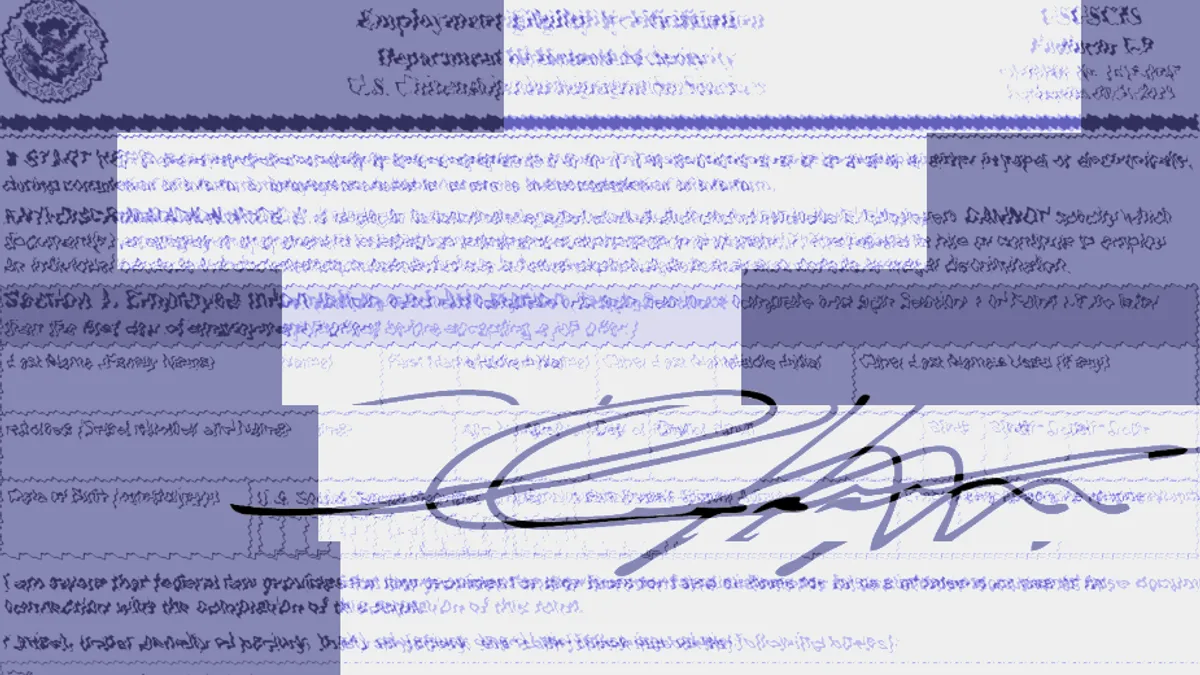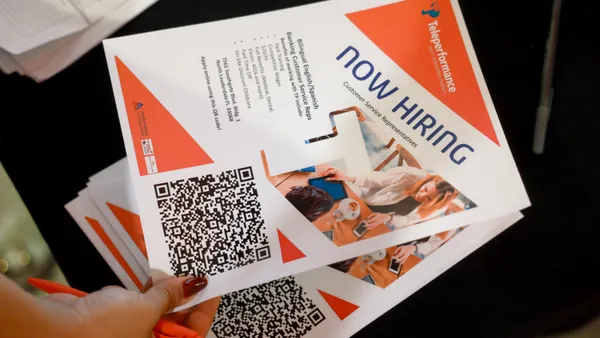Asking for feedback and acting on it is the single most important thing companies can do to improve their employee experience as well as the company’s ability to adapt and thrive.
This has always been a key ingredient for good leadership. I’ve worked with executives at JetBlue and Amazon, and now as part of Qualtrics to help leaders do exactly this: measure and then improve the employee experience.
It isn’t just big organizations, though, that can do this. With so much uncertainty around job security, health, and the economy right now, it is crucial that every single company begin to build stronger employee feedback muscles.
The good news, it doesn’t take much to get this started. Large organizations may use advanced survey tools and technologies to collect feedback and then analyze it. Those large scale programs can certainly be helpful, but not everyone needs them.
Running successful employee surveys and feedback programs take a bit of planning but can also be simple. Here is how to make it work for your organization.
Set Your Own Feedback Expectations
Employee feedback works best when leadership has already fostered an environment of trust. Building a rapport with employees is key and not always easy. Know that it may take time to earn employees' trust.
That doesn’t mean you shouldn’t start collecting feedback now though.
While employees may need time to trust the confidentiality of the surveys to be truly honest, they can still provide useful insights.
If employees aren't comfortable giving a low score they may instead opt for a neutral score. This still allows some insights directionally and can still provide useful comparisons between teams/organizations or locations. Remember that with any feedback, especially as you are getting started, neutral answers may contain more information than is initially apparent.
If you see high neutral responses, take time in those areas to understand why that might be happening. Do employees not feel comfortable being honest? Is it a topic that the majority of employees aren’t equipped to answer? Or was it simply a confusing question that needs to be reworded?
Ask Better Questions
Surveys are communication vehicles as much as they are feedback mechanisms. The topics you ask about in a survey communicate to employees what the organization values, and how much you value them as part of that organization. In this time of uncertainty, use this opportunity to address actionable topics, rather than existential or hypothetical questions.
There's already a lot of concern around job security right now. Asking questions in a survey about hypotheticals or subjects that may induce social desirability can be triggering for some employees and lead to impression management rather than honest answers.
- Ask this: "How can we make you feel safer in your day-to-day job?" Not this: “I do what is needed to be safe at my job on a day-to-day basis.”
- Ask this: "Do you have the personal protective equipment you need on a daily basis?” Not this: “I use personal protective equipment on a daily basis.”
These are immediately relevant to employees and are things a business can take quick action on. Orienting the survey around items that are tactical, actionable, and that the company is willing to take action on immediately is very important.
Make this a clear opportunity for open feedback with comment boxes, where employees can write in their suggestions or recommendations. Mining that data can add a lot of color to the quantitative data. Leaving room for open-ended questions where the organization has not determined a firm stance on a topic yet can be potentially less harmful than putting an idea out there that you might not be planning to act on.
Identify an Owner
When running a survey, one of the most important things is having a governance structure. Larger companies often have a task force focused on this. At smaller organizations, you simply need to decide who will read, digest, and make the data collected actionable.
In other words, you need to identify who will be on the hook for this feedback and clearly communicate that to employees and leaders.
Trust will erode quickly if employees feel like, "I've taken time to give you my feedback, and nothing is happening."
To avoid this, identify who is responsible for the feedback, and make clear what the expectations are for action.
Stay Focused
There’s a deeply ingrained expectation in many companies that when they send out a survey and collect feedback, the analysis and action planning needs to take a lot of time. They think they need to build an exhaustive plan to take action. That’s not true.
Right now, it's critical to be clear with employees (including those running the survey) that this doesn't have to be a mountain-moving project.
Focus on the low hanging fruit, and what you can do quickly. Communicate with employees about what you're not going to do and why you can't do it. Budgets are tight. That’s ok! Employees can feel heard through regular communication and updates on which survey items you will tackle first, and why.
Manage Expectations
Surveys can feel overwhelming for the employees running them and for the employees filling them out. After all, people have other jobs to do. This is where question format, cadence, and clear expectations on how to manage the data come into play.
At a former organization, we decided to send single question surveys on a frequent basis. The goal was to build a culture of “always on” listening.
At first, there was push back from leaders. "I can't take action on surveys this frequently. I have a job to do."
The most critical thing we did to change that attitude was simply state: "Look at your data regularly, share it with your team often, and action only when needed." It set clear expectations for managers on how to handle the feedback and improved the overall employee experience.
Start Simply
Remember, small incremental changes lead to big impact. Surveys give you data to act on, but they aren’t the only tool you have to build rapport with employees and create a more secure workplace during uncertain times.
To start simply, make it a point to recognize employees for their work. Use company communication channels like Slack or email. Combine that with recognition during all-hands meetings. It’s important to celebrate the wins, both big and small. Regular, repetitive recognition goes a long way.
Finally, say “Thank you” more often. Focus on specific, thoughtful actions employees took – and thank them for the extra effort.
All employees contribute to a secure workplace environment. Regular recognition is a good place to start today. Surveys and acting on the data they produce takes it one step further –– giving everyone a game plan on what will be addressed, when, and what to expect next.










